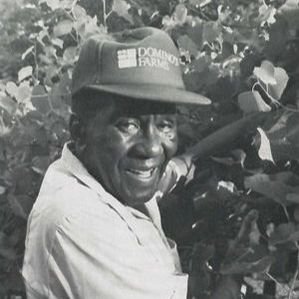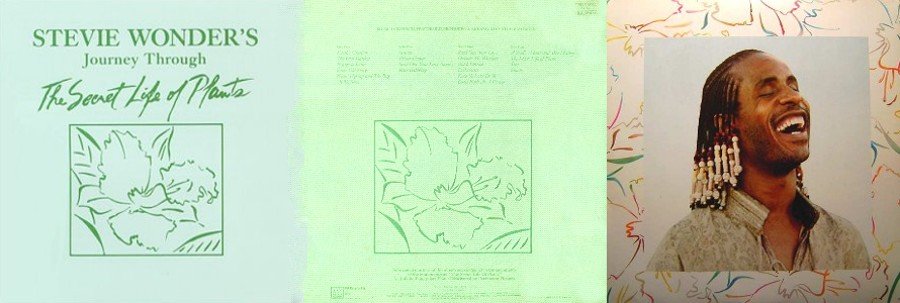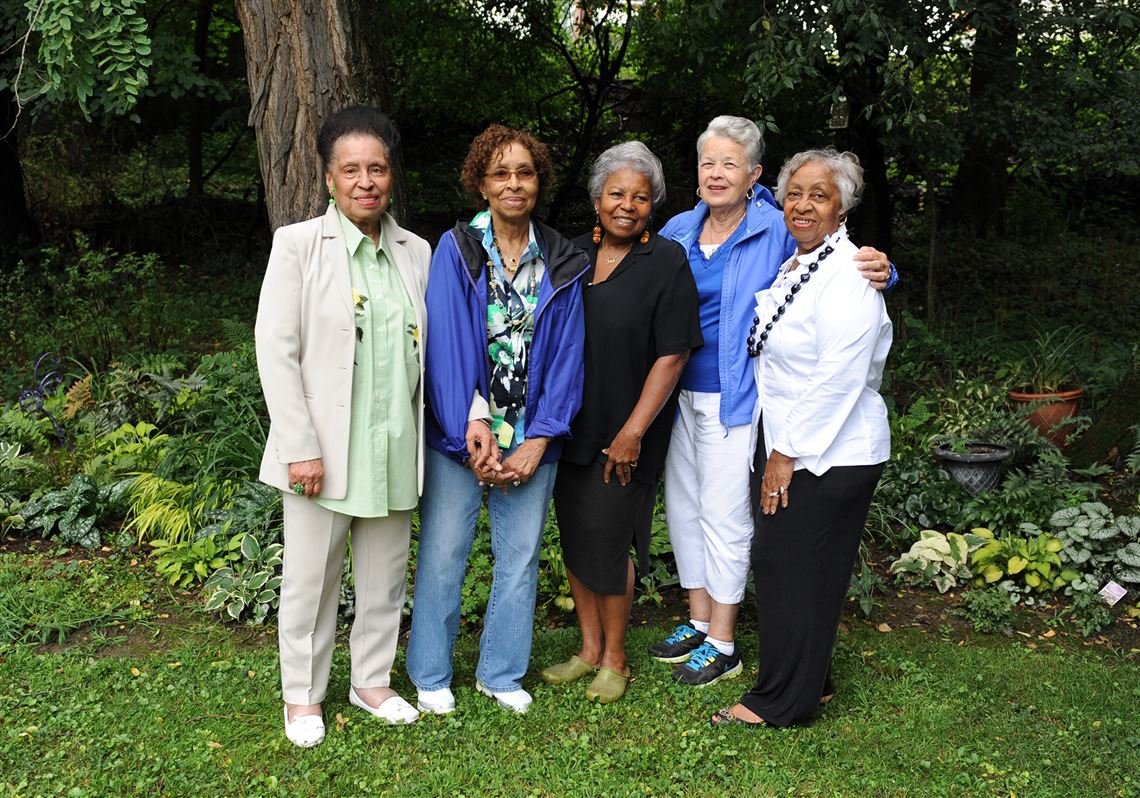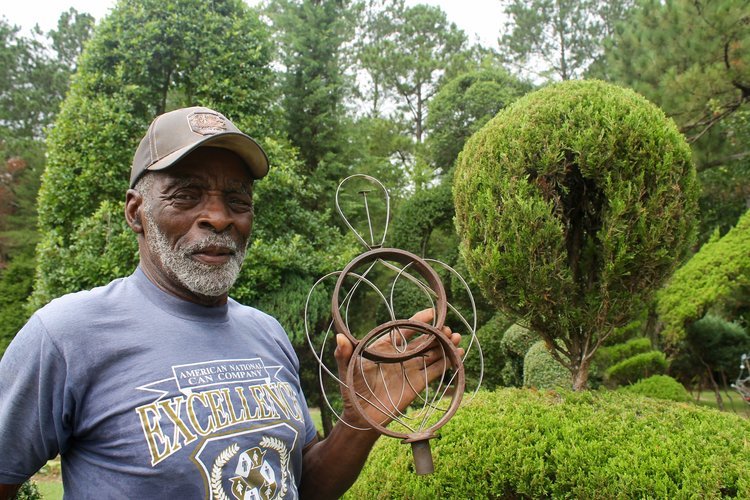Black History in Nature: Vol. 2
Like many Black people we celebrate Black history all day, every day. But for the month of February, we’re sharing 28 histories of Black innovation and creativity in agriculture, gardening, and beyond on our Instagram.
John Francis and his banjo on one of his many walks across the states.
February 18: John Francis
Excerpt from John Francis interview with Grist: “How we relate to one another is essential to environmentalism. If you’re not talking about human rights, economic equity, mutual respect, you’re not really dealing with the environment. Trees are wonderful. Birds and flowers are wonderful. They’re all part of the environment. But we’re part of the environment too and how we treat each other is fundamental.”
In 1971, after an oil spill in San Francisco Bay, John chose to stop using motorized vehicles and walked or sailed everywhere even through states and countries. A few months later he took a vow of silence that lasted 17 years. During this time he founded Planetwalk, received a Bachelor's Degree, Masters degree in Environmental Studies, and a PhD in Land Resources. In 1994, he decided he’d be a more effective environmentalist by selectively taking motorized transportation to spread his message and educate others. He currently works with the United States Coast Guard on legislation related to oil spills.
Booker T. Whatley smiling among the trees.
February 9: Booker T. Whatley
Booker T. Whatley, a pioneer in sustainable agriculture and a professor at Tuskegee University founded the Clientele Membership Club. Members of the club paid an initial fee which contributed to the farm’s success. In return, members picked fresh produce to bring home. In the 1960’s and 70’s, Dr. Whatley identified this as an essential aspect of a successful farm. Today, this idea is commonly referred to as community supported agriculture (CSA).
An image by Vaughn Sills from her book Places for the Spirit.
February 10: Black Gardens + Yards
Traditionally, the dirt in Black southern yards was raked in a circular motion to keep the space calm and open and to keep evil away. Circles appear often in gardens referencing the cycle of nature and the space the living and dead both occupy. Many of these gardening traditions were passed down from African ancestors brought to America during the Transatlantic Slave Trade.
February 11: Mercedes Ward
You may remember Mercedes Ward from our #blackdesignhistory highlights last year. Mercedes is the Assistant Landscape Architect for NYC Parks & Recreation. She’s the lead on redesign projects for several Brooklyn parks + playgrounds. Previously, Mercedes worked on residential, environmental, and economic sustainability initiatives for New York City. Only 1% of landscape architects are Black.
February 12: Stevie Wonder
Released on October 30, 1979 Journey Through The Secret Life of Plants was the accompanying soundtrack to the documentary of the same name. Stevie created the film score by having the film’s producer describe in the utmost detail each visual image. In a 2004 Billboard interview, Stevie stated that the album "was an experimental project with me scoring and doing other things I like: challenging myself with all the things that entered my mind from the Venus's Flytrap to Earth's creation to coming back as a flower”.
February 13: Stoop N’ Bend Garden Club
Established in 1940, the Pittsburgh Stoop N’ Bend Garden Club spread the knowledge and love of gardening, aided in the protection of native plants, trees, and birds, and encouraged civic planting. It was the first Black female-only garden club in the city. Today, Stoop N’ Bend continues to challenge racial stratification through gardening. Club members volunteer with local children and help businesses develop their gardens. Currently, they are working to preserve their legacy by increasing membership and engagement as they are the last predominately Black garden club left in Pittsburgh.
February 14: Pearl Fryar
A legend we had the honor of meeting last August, Pearl Fryar. We wrote a longer reflective piece about Pearl if you’d like to enjoy in its entirety right here.
An excerpt: “Strikingly different from the other gardens featured, Pearl’s stood out as a brilliant example of the depths of Black creativity and ingenuity. Using discarded plants, Pearl creates what he calls “abstract, free form” topiary masterpieces. Among the botanical sculptures are repurposed and salvaged pieces Pearl turned into fountains and garden decor. The theme of peace, love and unity can be seen in his work as well as in Pearl himself. A space for everyone, the garden is free and open to the public although donations are always welcome.”







